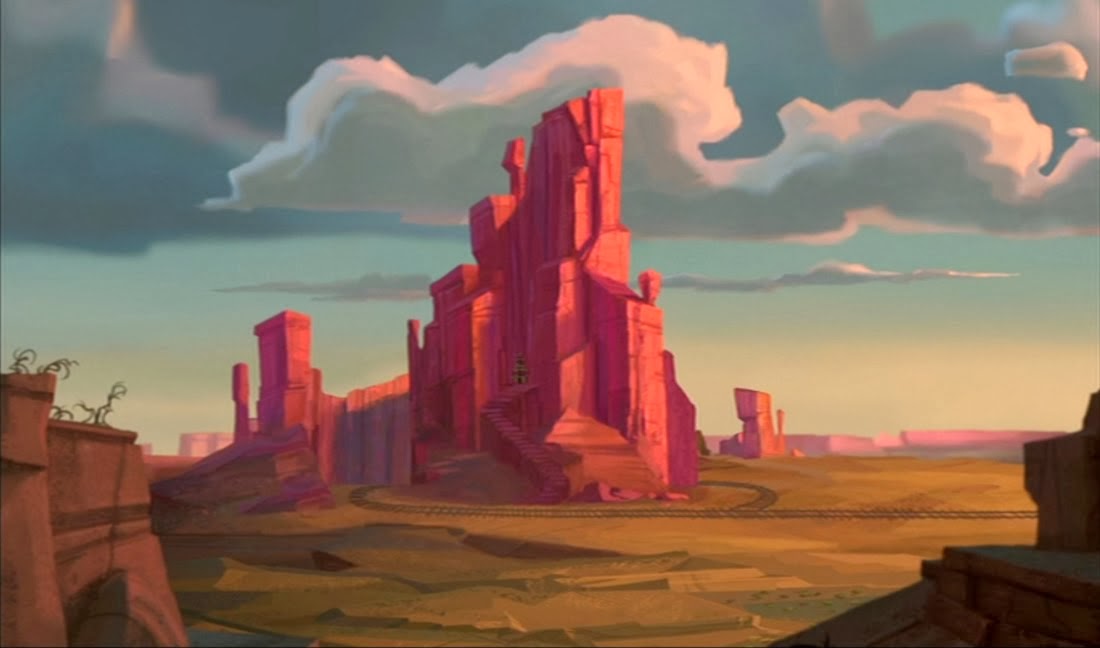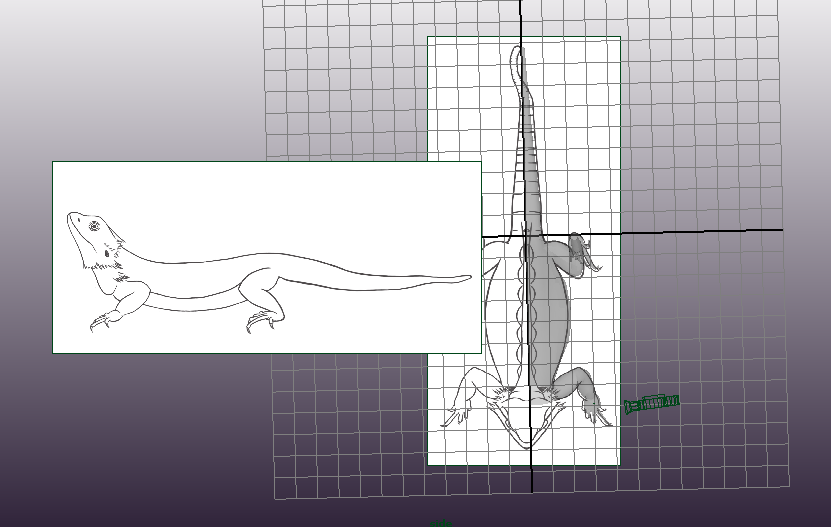In my brief experience of modelling over the past 6 months, I'd usually start modelling my character in Maya. However, I thought I'd take my tutor's advice and start out by making an armature in ZBrush and develop from there. I thought it would also be a good opportunity to get used to the programme so that I can start learning its functions properly.
As a starting point, the armature was good for getting practice, but I could tell that the anatomy was off so I thought I'd start again using the character sheet I'd previously drawn.
Being so precise in my drawing took a lot of patience - I began with rough tracings of my bearded dragon in photoshop, and made a number of small subtle changes to the anatomy and appearance. I then had to attempt to make the drawings symmetrical in order to make the modelling process easier.
I took these images into ZBrush and made an image plane, resulting in the following armature:
I found that modelling in Zbrush from the beginning was awkward and didn't get me the results I wanted - I also worried about correct topology as this character is something I actually want to rig, animate and work with. As the deadline was also getting closer, I decided to go back into Maya and start modelling a different, simpler character design I'd done previously.
After completing the model, I cut the UVs and took it into ZBrush for texturing.
I felt that the colours and patterns were a little crude, so I tried the process again for practice, making the texturing slightly more subtle.
Link to the rendered turntable: http://www.youtube.com/watch?v=IACA0Sseobk







































































